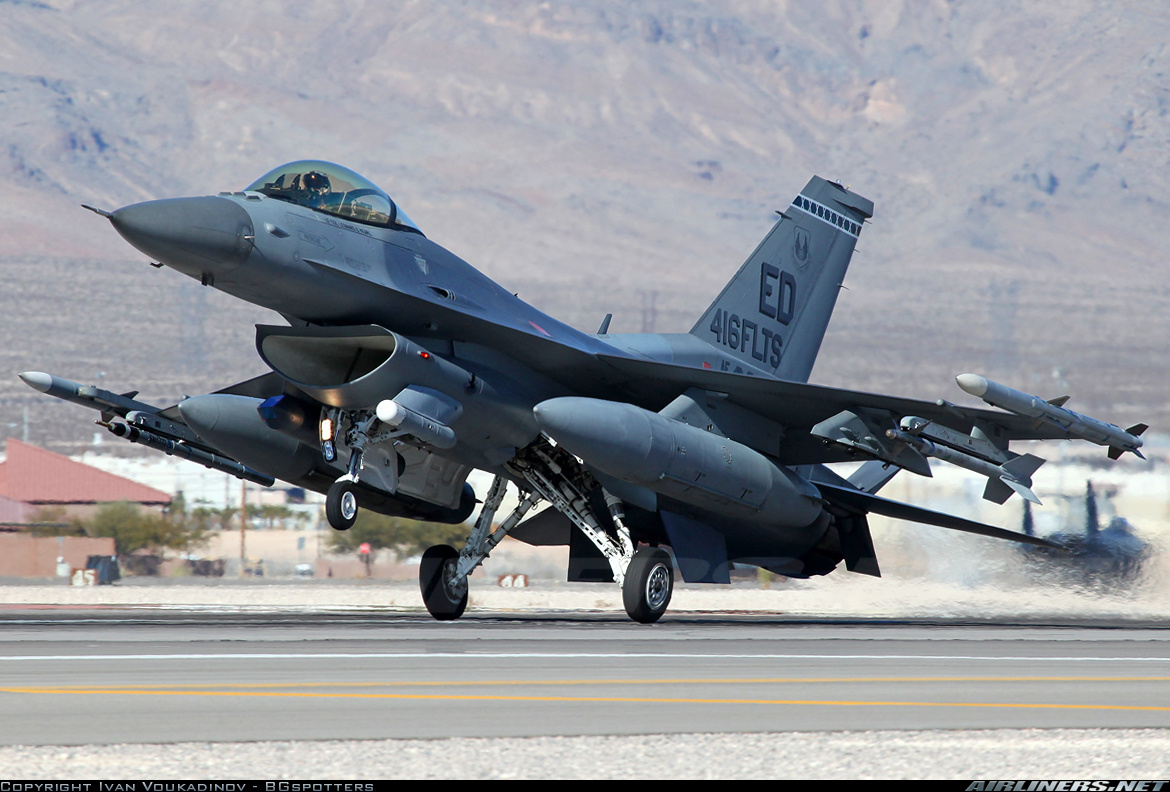The United States Air Force (USAF) has embarked on one of the most ambitious and extensive modernization projects in its history, involving the transformation of 608 F-16 Fighting Falcon fighter aircraft. This comprehensive upgrade aims to enhance the F-16’s combat capabilities, extend its operational lifespan, and ensure that it remains a formidable force on the global stage. In this article, we delve into the details of this massive undertaking and its significance for the USAF.
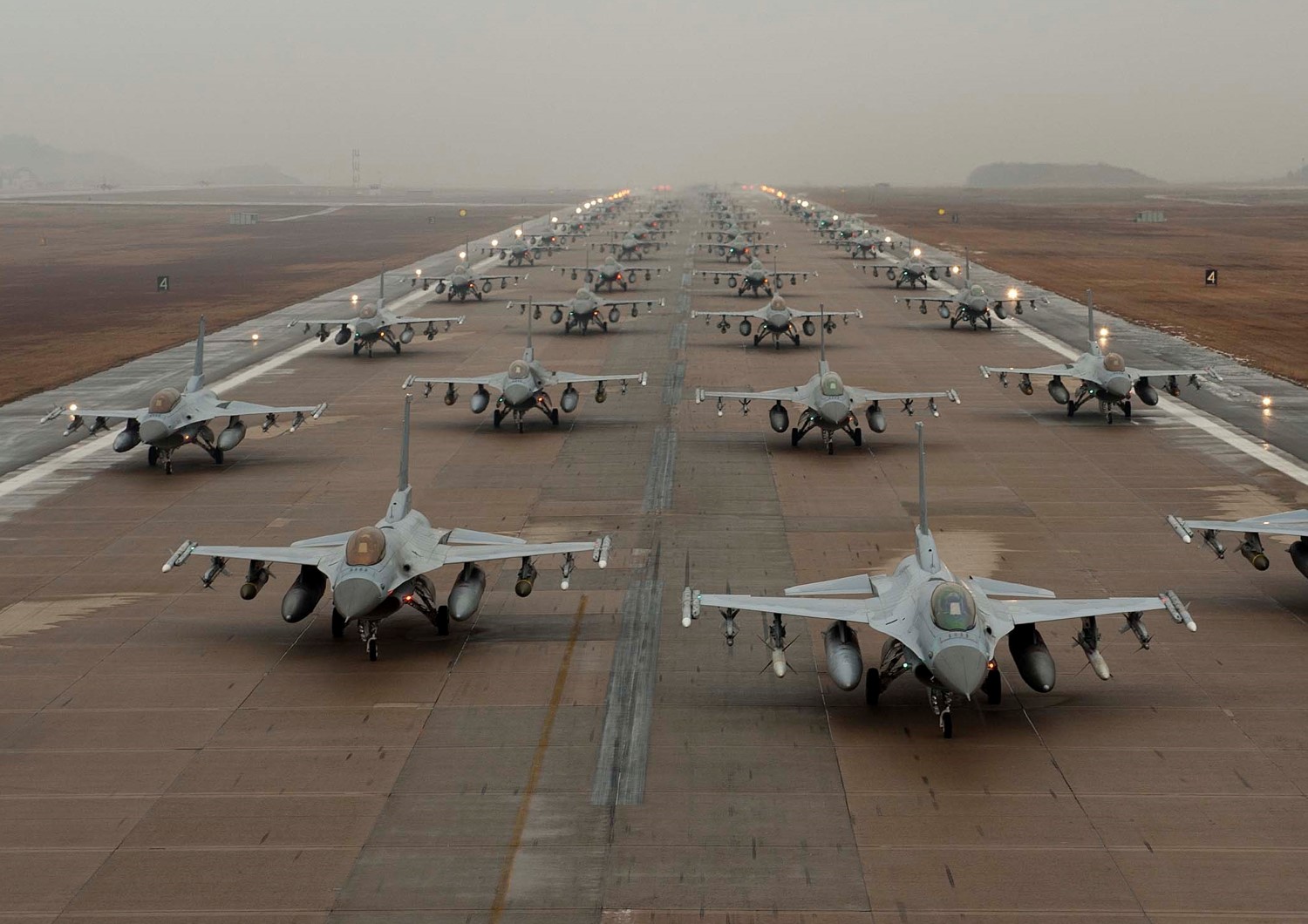
The F-16 Fighting Falcon Legacy:
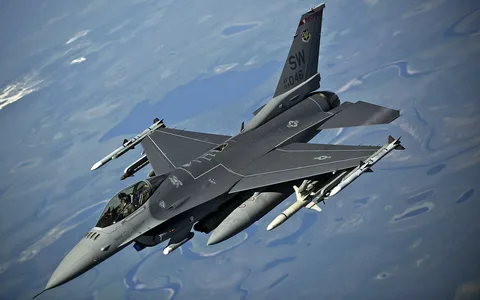
The F-16 Fighting Falcon, often referred to as the “Viper,” has been a cornerstone of the USAF’s airpower for over four decades. Known for its agility, speed, and versatility, the F-16 has proven its worth in countless missions, including air superiority, ground attack, and suppression of enemy air defenses. As it continues to serve the nation, the need for a comprehensive upgrade has become evident.
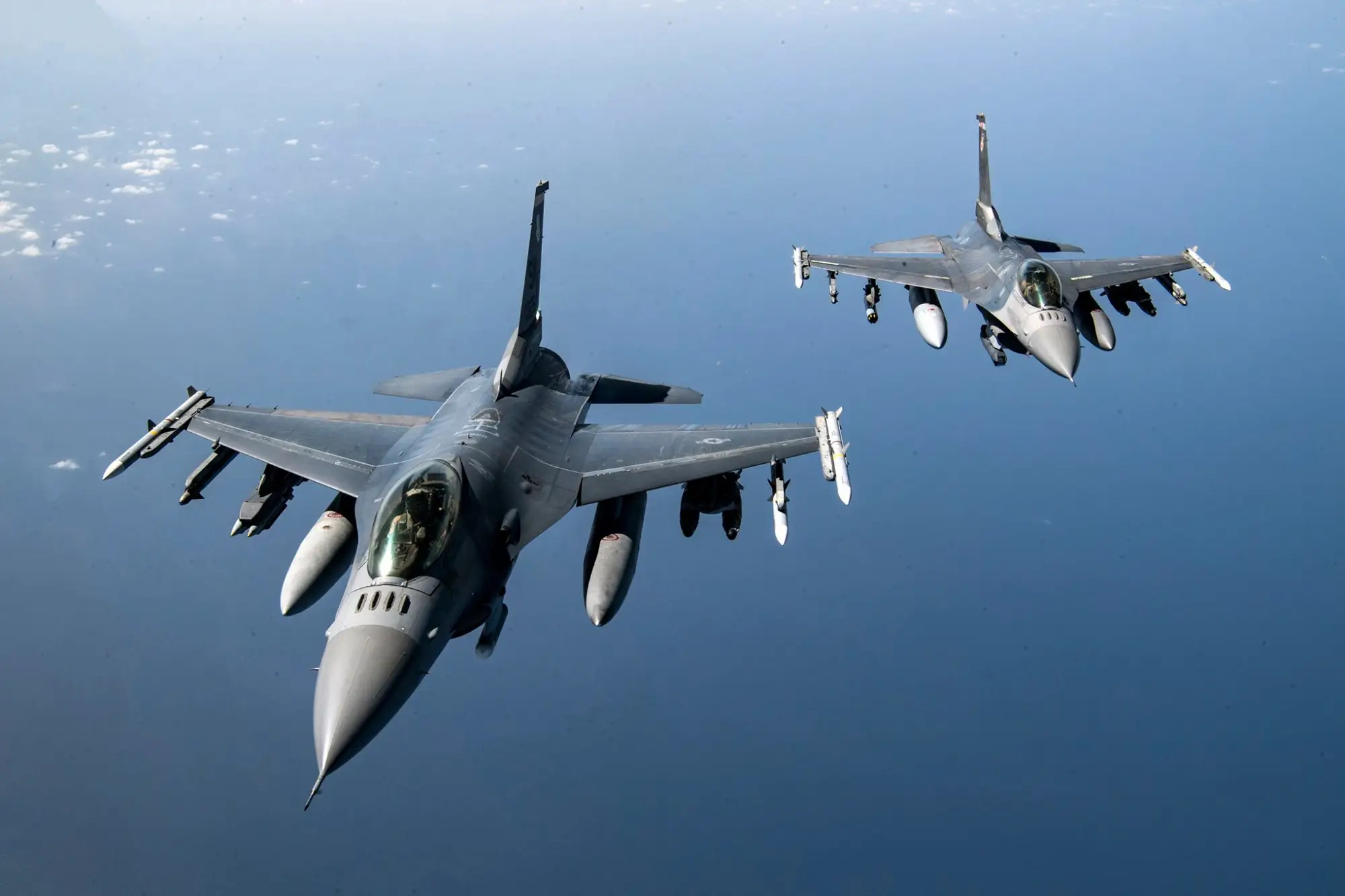
Goals of the Upgrade: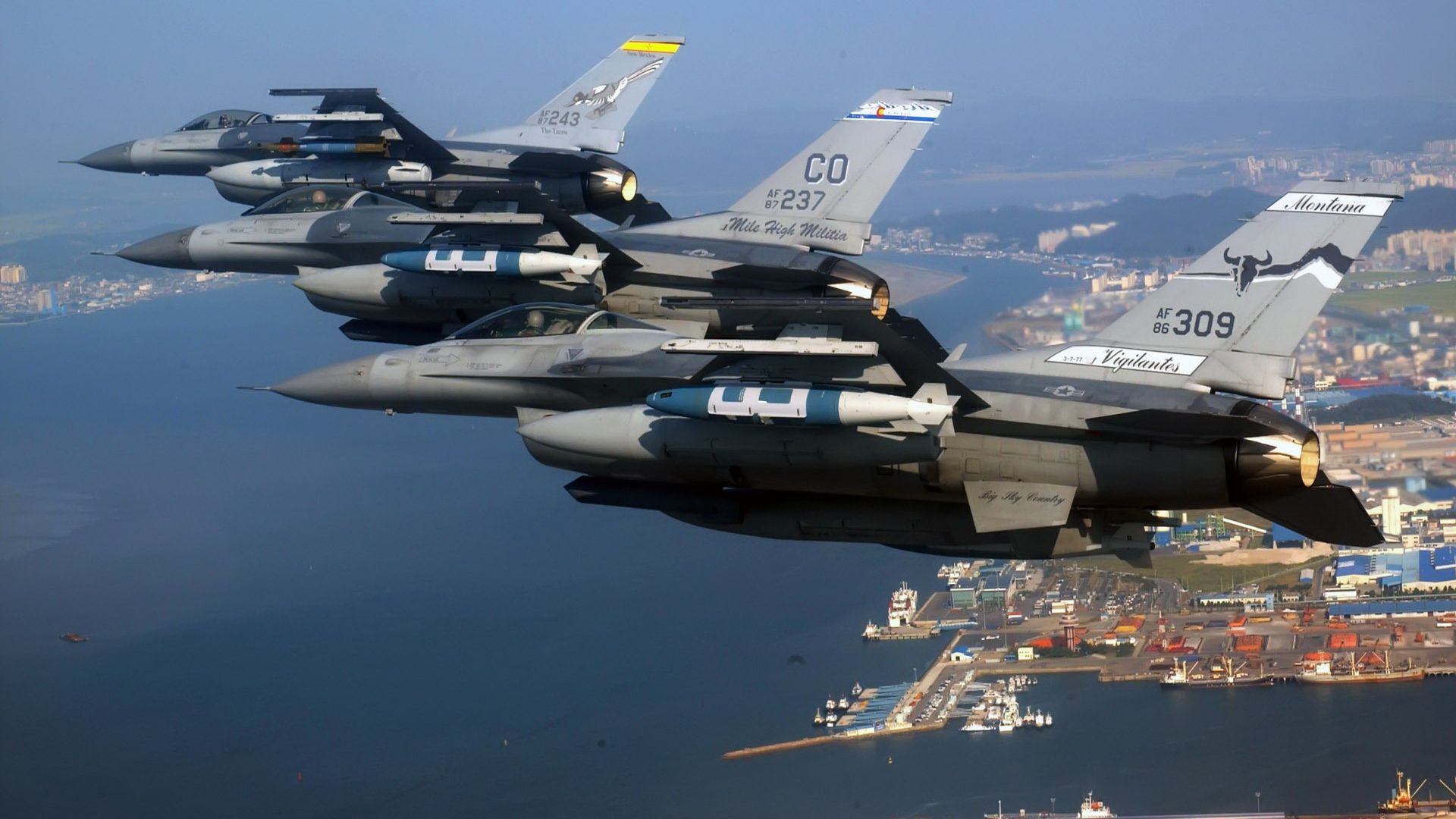
The primary objectives of this extensive modernization effort include:
-
Combat Enhancement: The upgrade aims to bolster the F-16’s combat capabilities by incorporating advanced avionics, radar systems, and sensor suites. These enhancements will improve situational awareness, target acquisition, and weapon systems performance.
-
Extended Service Life: The F-16’s operational life will be extended, allowing it to continue serving the USAF for years to come. This not only ensures a more cost-effective solution but also maintains the aircraft’s relevance in a rapidly changing global security landscape.
-
Cost Reduction: The upgrade intends to optimize maintenance and operating costs, making the F-16 more cost-efficient in the long term. Improved reliability and ease of maintenance are key aspects of this effort.
Advanced Avionics and Sensors:
A central component of the modernization project is the integration of cutting-edge avionics and sensor systems. This includes next-generation radar, communication systems, and targeting pods. The F-16 will benefit from an enhanced human-machine interface, enabling pilots to process information more rapidly and make better-informed decisions in high-stress combat situations.
Upgraded Weaponry:
The upgraded F-16 will also receive improvements in its weaponry, featuring more advanced air-to-air and air-to-ground munitions. These enhancements expand the fighter’s mission profile and enable it to tackle a broader range of threats, from enemy aircraft to ground-based targets.
Cybersecurity and Data Link:
The modernized F-16 will be equipped with robust cybersecurity measures to protect against emerging threats in the digital domain. Additionally, data link capabilities will be enhanced, allowing for seamless communication and data sharing with other friendly assets in a networked battlefield environment.
Global Implications:
The modernization of 608 F-16 fighters has significant global implications. It reinforces the USAF’s commitment to maintaining a highly capable and adaptable air force. These upgraded aircraft will continue to serve as a deterrent to potential adversaries, contribute to international security efforts, and demonstrate the United States’ commitment to its allies.
Conclusion: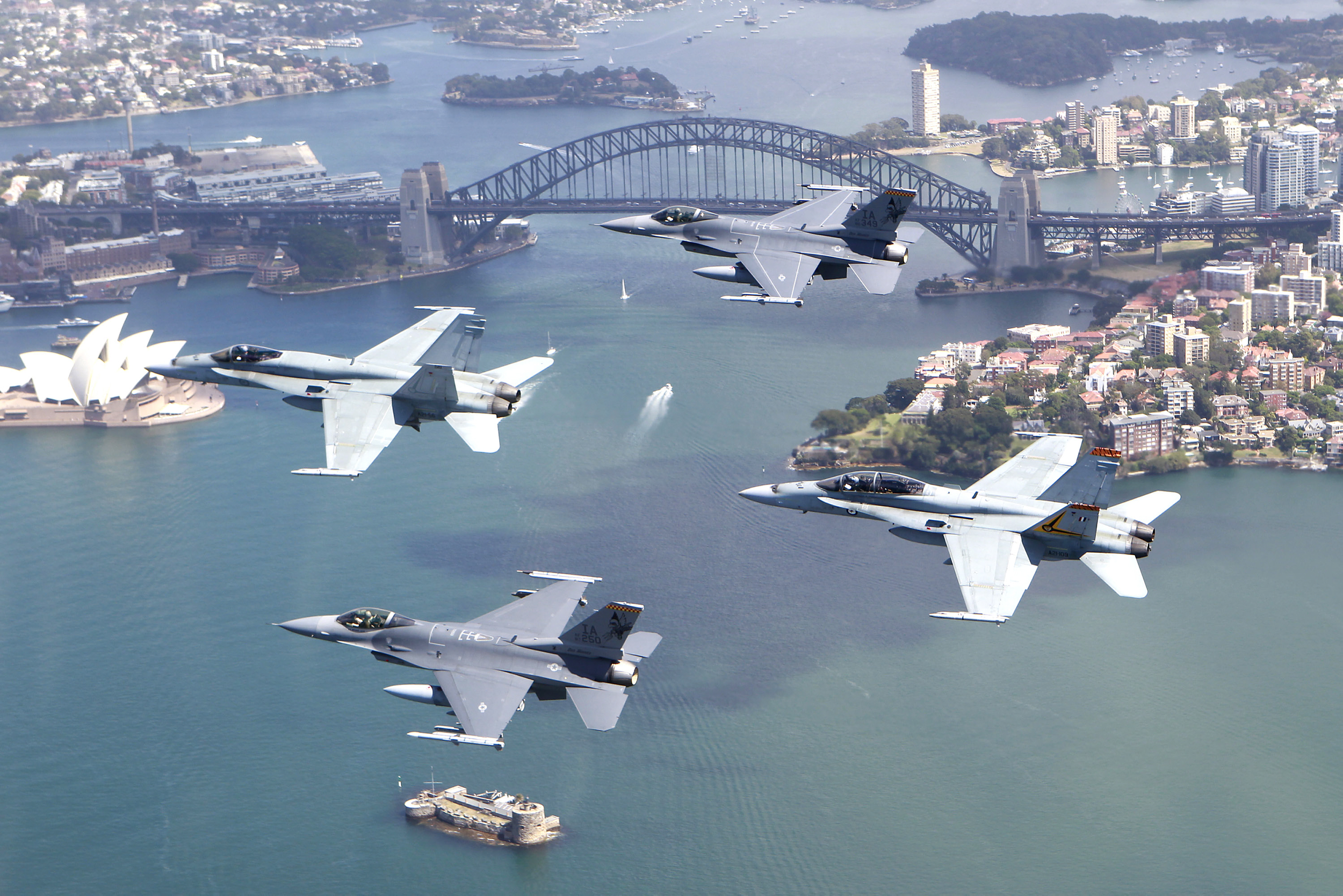
The USAF’s endeavor to transform 608 F-16 Fighting Falcons represents a landmark modernization effort. This project ensures the continued relevance of the F-16 in contemporary and future combat scenarios, bolsters national security, and highlights the United States’ dedication to military excellence. As these upgraded F-16s take to the skies, they will not only secure America’s interests but also provide a formidable defense force ready to protect and serve the nation and its allies.

